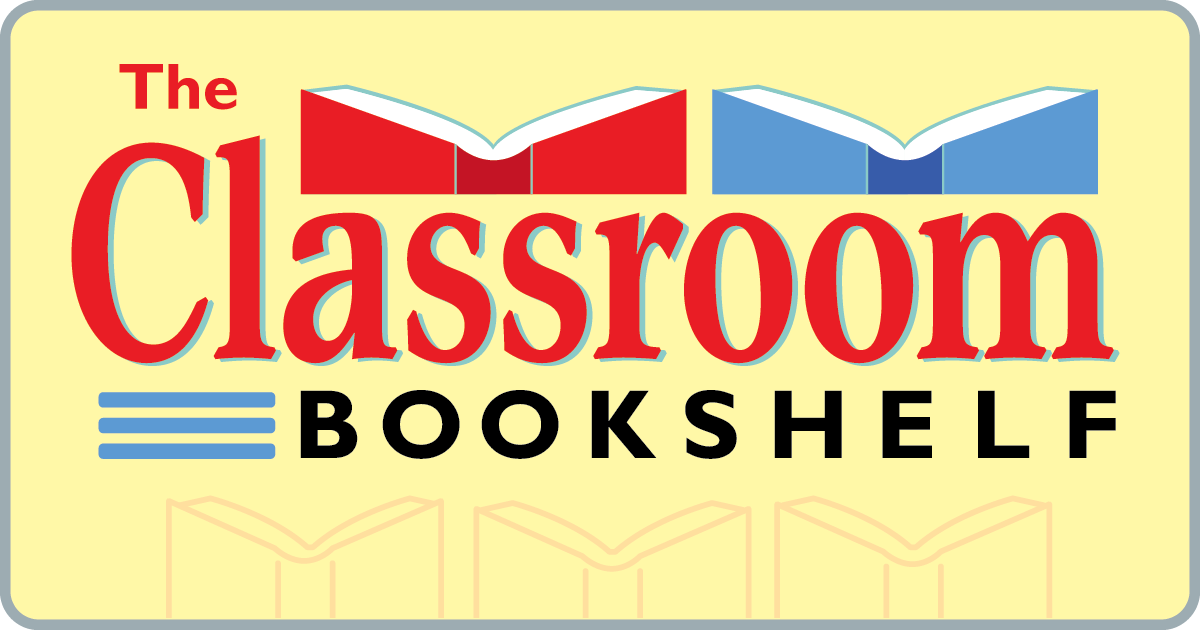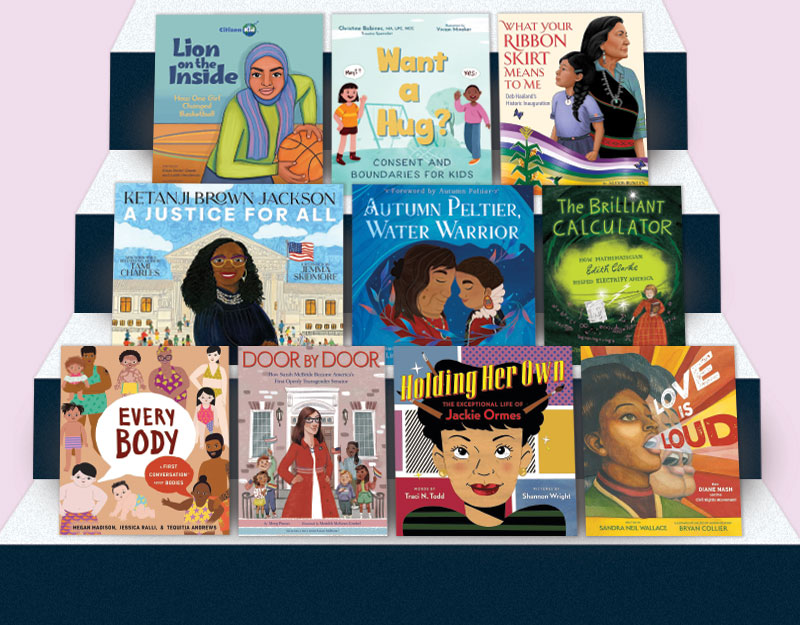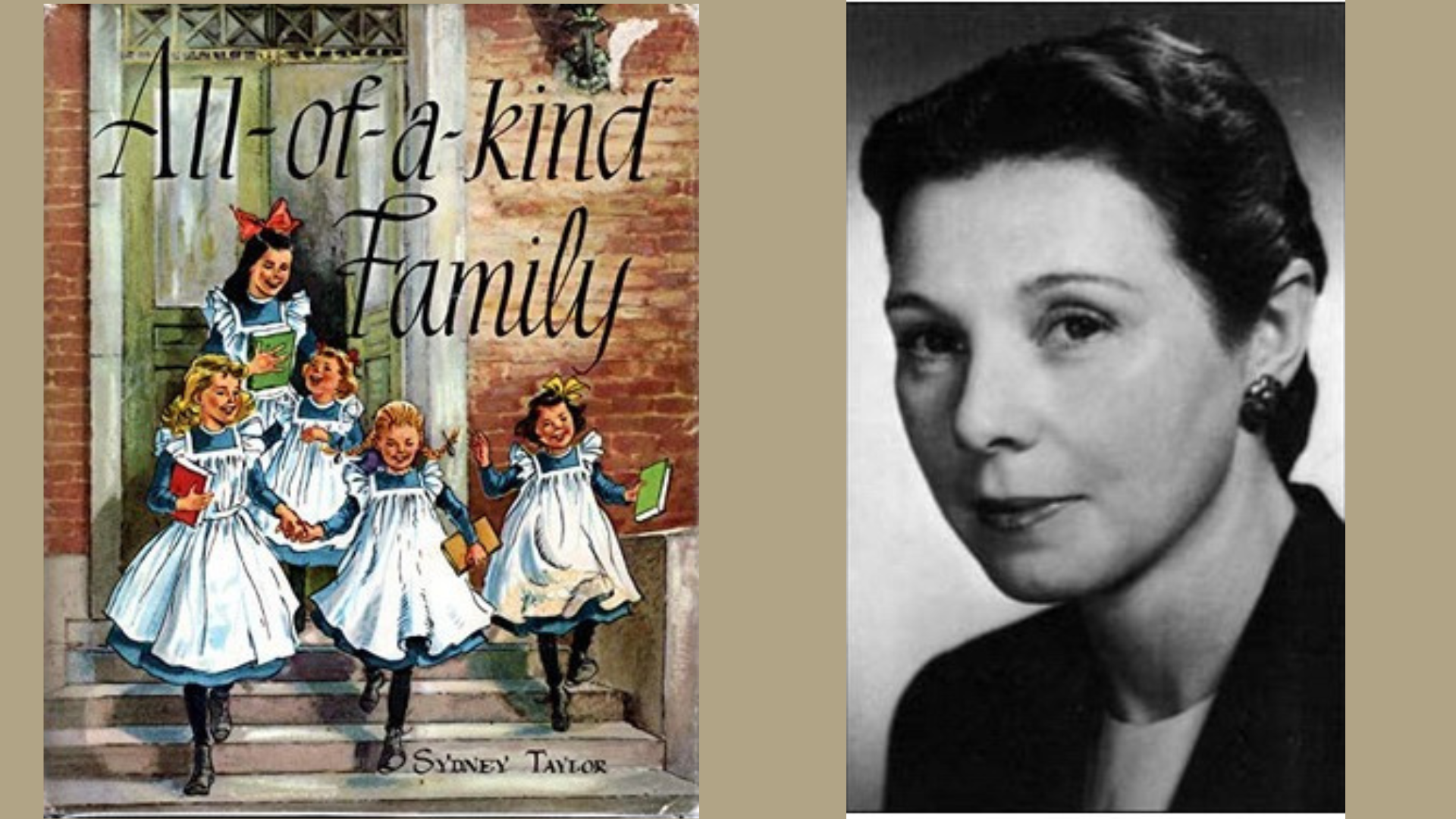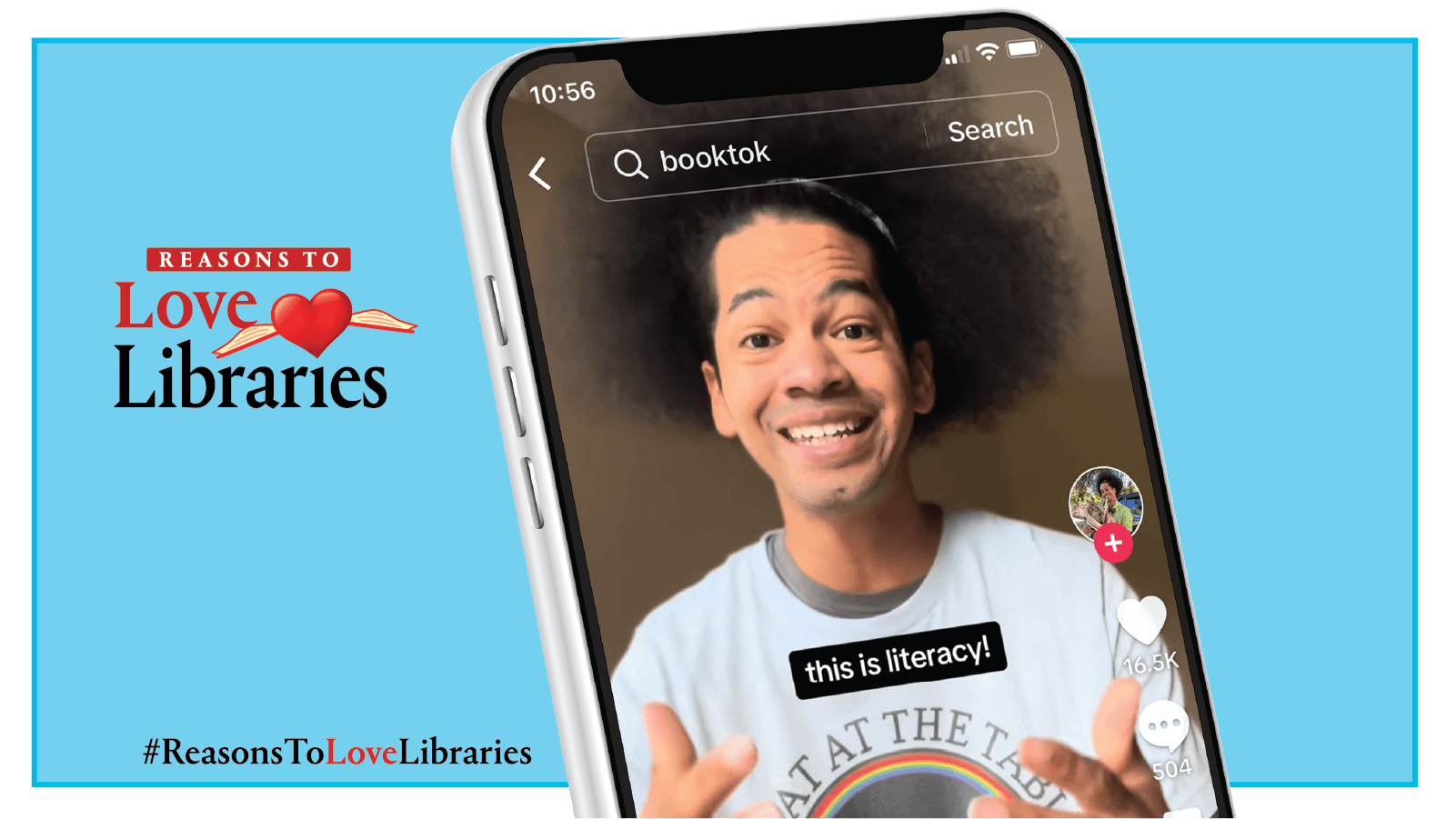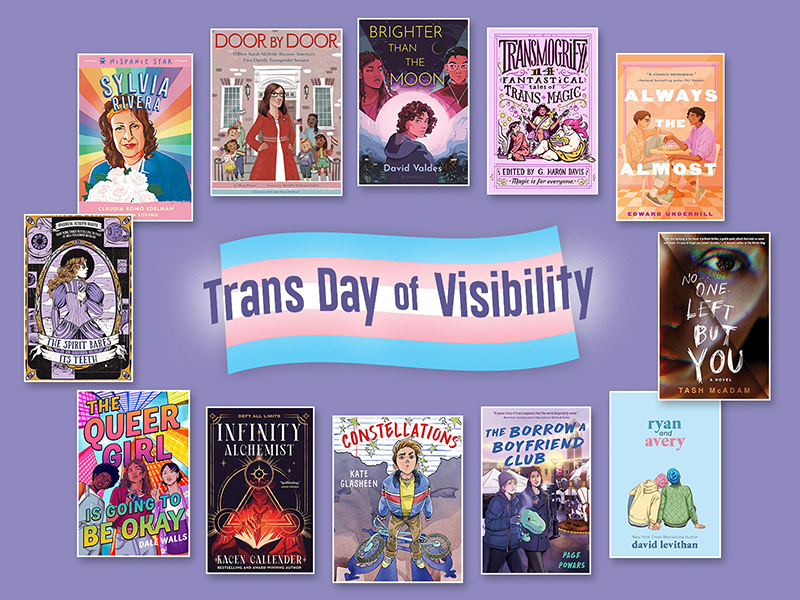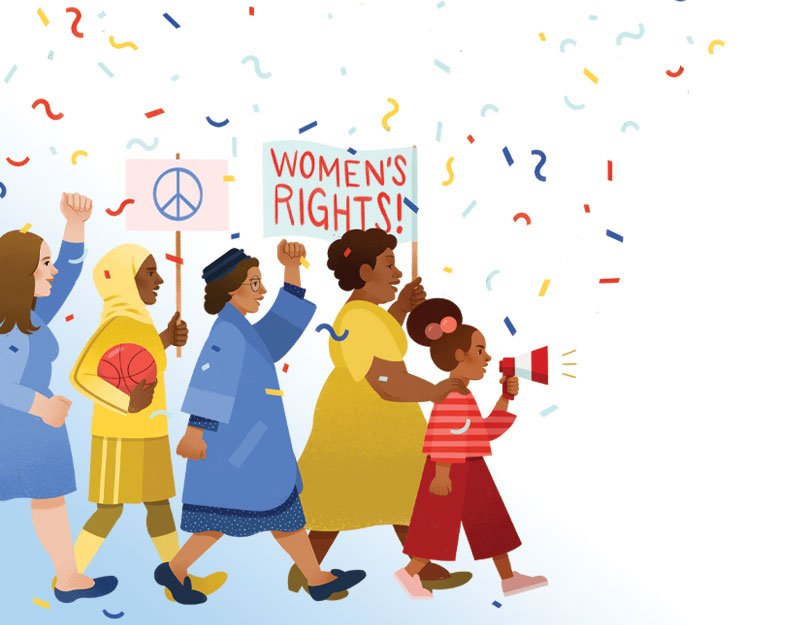Rethinking U.S. History through an Indigenous Lens

Written by Roxanne Dunbar-Ortiz
Adapted by Jean Mendoza and Debbie Reese
Published by Beacon Press, 2019
ISBN 978-0-8070-4939-6
Grades 7 and Up
Book Review
“Under the crust of that part of the earth called the United States of America are buried the bones, villages, fields, and sacred objects of the first people of that land–the people who are often called American Indians or Native Americans. Their descendants, also called Indigenous peoples, carry memories and stories of how the United Nations came to be the nation we know today. It is important to learn and know this history, but many people today lack that knowledge and understanding because of the way America’s story has been taught” (p. 1)”
For both Native and non-Native middle and high school students, An Indigenous Peoples’ History of the United States for Young People provides a new way of seeing and experiencing the American history they have been taught since kindergarten. Debbie Reese and Jean Mendoza have adapted Roxanne Dunbar-Ortiz’s 2014 An Indigenous Peoples’ History of the United States in manageable and meaningful doses. The co-authors begin with an Indigenous historical understanding of what is currently called North America. “The complex interrelationships Indigenous peoples had before European invasions” (p. 31) include sophisticated, continent-wide, political, transportation, and trade networks and sustainable land management systems. Using language that speaks directly to their tween and teen readers, both in-text and via boxes and sidebars, the co-authors carefully frame European perspectives in contrast to Indigenous perspectives, and thread these varying perspectives throughout over two hundred years of United States history. “Consider This” and “To Do” boxes throughout the book allow readers to translate information into action, by critiquing images of Native Americans in popular culture, questioning prior learning, and delving into contemporary issues that impact Indigenous peoples in the United States and around the world. Throughout the book, the strength and self-advocacy of Native Americans contrasts starkly with their portrayals in traditional narratives of American history. A necessary read for teachers and students alike in middle and high schools across the country, An Indigenous Peoples’ History of the United States is an important step in transforming curriculum and student understanding of the Indigenous knowledge, activism, and agency that have existed, often unrecognized, throughout American history.
ADVERTISEMENT
ADVERTISEMENT
Teaching Ideas and Invitations
Critical Literacy Work for Grades 7 and Up
Language Use. An Indigenous Peoples’ History of the United States for Young People begins with a direct conversation with the reader. The authors ask readers to embrace the complexity of language and the importance of honoring the language that people use to name themselves. For example, the book begins: “Indigenous? American Indian! Or…Native American?!” (p. vii). In the next paragraph, the authors inform readers: “All three are correct, depending on whom you ask. The three terms are also used interchangeably by federal, state, and tribal government” (vii). But the authors go on to share that “[t]he most accurate term anyone can use is the specific name of the nation that you are talking about” (p. vii). Throughout the “Note to Readers,” the authors thoughtfully acknowledge what their readers are likely to bring to the book – misunderstandings embedded in popular culture – and then redirect students to more accurate language and information. Reese and Mendoza then specifically call attention to how they intend to use language throughout the book, recognizing that “naming is in a constant state of change!” (p. ix). Before reading the book with your students, have a conversation about these language choices. Have students track their thinking about language use in the book throughout their reading of it. When have the authors called their attention to language use in a way that allows students to see U.S. history very clearly from the Indigenous perspective? How does doing so allow students to see their own perspectives, or that of their textbooks, in a new light? You may want to build on this activity with the activity below.
Analyzing Textbook Writing about U.S. History. In the first chapter, origin stories of the U.S., and various views of U.S. history are discussed, such as the “nation of immigrants” framework that is founded on the concept of settler colonialism. What are the perspectives that frame U.S. history in the textbooks at your school? Have students uncover the “subtext” of those texts by reading chapters with an Indigenous lens. This can be ideal language arts-social studies team collaboration. One way to do this it to have students read chapters in An Indigenous Peoples’ History of the United States for Young People as you make your way through your social studies textbook. Have students read a chapter in An Indigenous Peoples’ first, and then read the corresponding chronological chapter in the textbook. What perspectives are included in and excluded from the textbook? What information is missing or reshaped under different contexts? Have students work in groups to provide additional language to the chapter that gives a fuller, more fair account of events, and recommended language revisions. Another way to do this is to have students read An Indigenous Peoples’ in its entirety first, and then divide students up into small groups to revise the various chapters in their social studies text.
Deepening Understanding of Specific Historical Events. Work with your school or local librarian to acquire well-reviewed books (see the co-authors American Indians in Children’s Literature blog for titles) on various events depicted in the book including, but not limited to, the Indian Removal Act, the Ghost Dance at Wounded Knee, the boarding schools of the 19th-20th centuries, and the civil rights actions of the 1960s and 1970s, to deepen their knowledge. Allow students to respond to their new knowledge via a range of modalities – visual art, poetry, dance, drama, etc.
Honoring Treaties, Considering Language: Cherokee Representative to Congress. In September of 2019, the Cherokee Nation nominated its first representative to Congress, based on the terms of the 1835 Treaty of Echota. Have students read a range of news reports, both Native and non-Native, on this decision: Indian Country Today, The Cherokee Phoenix, NPR radio, CNN News, The New York Times, Vox, The Washington Post, The New Republic, Newsweek, Fox News, Smithsonian Magazine, Roll Call, Teen Vogue, and PBS News. Have students compare and contrast the various news stories. What information is the same across all stories? When is the 1835 Treaty of Echota discussed in detail in each? How do the stories differ in mood and tone? At the time of this writing, the representative must still be confirmed by Congress, and a framework for that process has yet to be established, although there are currently other non-voting representatives of American territories in Congress. Have students track this story over the course of this school year, as another way of understanding the ways in which the United States government currently interacts with Native nations.
Land and Local Research. You may be teaching in a community in which there remains a large Indigenous population; you and your students may be members or citizens of one of those nations. But you may be teaching in a community where there are fewer federally recognized nations, and/or smaller Indigenous populations. If so, have students use the Native Land interactive map to obtain the names of the Indigenous peoples who originally lived on the land upon which your school sits. Use the links provided from Native Land, as well as the resources below, such as the National Museum of the American Indian, the National Congress of American Indians, and tribal/national websites to support your students in researching the nation/nations. When possible, bring in local members of the nation or have them Skype into your classroom to talk about their lives and the cultural norms of their nation. If possible, have students interview these members of your community, and co-author texts with them. Students and Indigenous community members may want to write about 20th and 21st century events and experiences, or about contemporary culture. For a mentor text, you could consider Traci Sorell and Frané Lessac’s 2018 picture book about contemporary Cherokee life: We are Grateful: Otsaliheliga. Host a community reading and celebration of these co-authored texts.
United Nations Declaration on the RIghts of Indigenous Peoples. Before reading the concluding chapter of the book, which focuses on the actions of Water Protectors and the Dakota Access Pipeline in 2106, have students consider this landmark 2007 United Nations declaration. Show students the two-minute video created by the United Nations to commemorate the first decade of the United Nations Declaration on the Rights of Indigenous Peoples. Next, have students read the adolescent-friendly version of the declaration, written so that indigenous youth around the world can know their rights. In this adolescent-friendly version, students will discover that in 2007, the United States was one of only four nations that refused to sign on to the agreement. Students can read this brief paragraph in The New York Times on the passing of the act in 2007, with a succinct reference as to why the United States, Canada, Australia, and New Zealand initially did not sign on to the agreement. Ask students to consider what they have read so far in An Indigenous Peoples’ History of the United States for Young People, and brainstorm the reasons why Canada, Australia, and New Zealand also opposed the declaration initially. What do all four countries have in common? Next, have students read this 2016 JSTOR Daily article on the importance of the Declaration on the Rights of Indigenous Peoples, and how it came into being largely because of activism on the part of Indigenous people from around the world. Next, with the help of your school or local librarian, identify some recent national and international news stories involving Indigenous people. Have your students read the stories and compare and contrast the conflict and actions against the Declaration on the Rights of Indigenous Peoples. For these contemporary conflicts, what actions do students recommend in order to maintain the rights of Indigenous peoples made evident in the Declaration?
Exploring the Works of U.S. Poet Laureate and Mvskoke Nation Member Joy Harjo. Joy Harjo recently became the U.S. Poet Laureate and the first Native poet to serve in the role. Start off your exploration by watching this video of Harjo reading her poem, “Remember.” After the first viewing, provide students with a hard copy of the poem. Watch the video a few more times, having students annotate the poem as they read along. How does the poem make them feel? How does Harjo accomplish that? What imagery does Harjo use? Next, have students learn more about Harjo’s life and work through her official website, the Lib Guide created about her by the Library of Congress, and her pages on the Poetry Foundation’s website and the Academy of American Poet’s website. Working with your school or local librarian, bring in volumes of Harjo’s poetry for your students to explore along with the online resources. Have each student select a set of five poems that they feel match the content and themes of An Indigenous Peoples’ History of the United States for Young People. Have students share these poems with one another, and write a reflective piece on why they selected the poems they did, and how those poems connect with An Indigenous Peoples’ History of the United States for Young People.
The Water Protectors at Standing Rock and the Dakota Access Pipeline. The concluding chapter to An Indigenous Peoples’ History of the United States for Young People includes events in 2016-2017 at the Standing Rock Sioux Reservation. After students read the chapter, extend and deepen their understanding of what happened through the use of multimodal texts that serve as artifacts of the events as they unfolded (see the “Water Protectors at Standing Rock” section of “Further Explorations” below). If working with high school students, you might also have them investigate the Twitter hashtag #standwithstandingrock for a range of perspectives on the events of 2016-2017. The curriculum “Native American Treaties: Is a Treaty Intended to Be Forever?” created by the National Museum of the American Indian is a valuable resource that brings in the voices of Indigenous Youth, and includes specific attention to the Dakota Access Pipeline. Students might also read the September 23, 2019 Vox article, “Six Native Leaders on What it Would Look Like if the U.S. Kept its Promises.” You can also incorporate some of the resources from the teaching activity focused on the U.N.’s Declaration on the Rights of Indigenous Peoples. This chapter of the book concludes with an important message for young people. “What happened at Standing Rock is not unique…you’ve seen many ways in which a country that sees itself as exceptional did not behave in exceptional ways” (p. 226-227). But the authors don’t conclude with a sense of hopelessness. Rather, they empower their young readers to take action, as Native people have done since the arrival of the first colonizers over four hundred years ago: “You can turn your knowledge into direct action in situations that affect the lives of Native people.” Encourage your students, if on social media, to follow #NativeTwitter. Have students read Indian Country Today and Native America Calling, as the authors suggest, to locate social justice projects on behalf of Native Americans that they can support as an outgrowth of their reading of this book.
Forced Migrations of the Past and Present. Chapter Six is entitled “Jefferson, Jackson, and the Pursuit of Indigenous Homelands.” Within the chapter, the authors trace the ways in which European countries and the new United States made decisions about land boundaries, even as no governments “consulted with the Native nations that the land belonged to” (p. 106). On page 120 of An Indigenous Peoples’ History of the United States for Young People, the authors quote Alexis de Tocqueville’s description of the Choctaw people at the banks of the Mississippi River in 1831, as they were being forced off of their ancestral land by the U.S. government. Have students reread de Tocqueville’s account. Next, have students read this June 2019 New York Times article about conditions in a border station in Texas where young children who have crossed the U.S. border have been separated from their parents. Have students consider why the U.S. government continues to place people, particularly children, in inadequate conditions, almost two hundred years after the Indian Removal Act proved to be so deadly to so many? After liberating Europe and seeing the horrors of the Holocaust in the 1940s? After the internment of Japanese American citizens during that very same war? After the United Nations created the “Declaration on Universal Rights” in 1948? As students read through the rest of the book, have them consider the parallels between the historic violence perpetrated on Indigenous nations on the land that we now call the United States, and the ways that migrants are being treated when they arrive on our doorstep asking for asylum. What has changed and what has stayed the same?
Native Americans in the U.S. Military. Native Americans serve in the United States military at a higher rate than other groups. For specific statistics on the military service of American Indian and Alaska Natives, you can read this 2012 report from U.S.Department of Veterans Affairs. The figures in the Historical Background are particularly useful, as are the figures in Section II on Active Duty, Guard, and Reserve service members. For non-Native students reading An Indigenous Peoples’ History of the United States for Young People, these statistics may seem surprising, given the broken treaties, genocide, and cultural destruction perpetrated on Native Americans nations by the U.S. government. Have students learn more about the history of Native Americans in the United States military via the website for the new National Native American Veterans Memorial, currently under construction at the National Museum of the American Indian. The drop-down menu offers a short history of various Native American military heroes as well as important statistics about military service. The news story “Natives and the Military: 10 Facts You Might Not Know,” from Indian Country Today offers insight, as does this interview with Iva Good Voice Flute of the Oglala Sioux for the The Women in Military Service to America Memorial at Arlington Cemetery, as well as this January 2019 NPR story on the death of Alfred Newman, one of the Diné/Navajo Code Talkers instrumental to U.S. military efforts during World War II, this 2009 Rapid City Journal article about Oglala Lakota member Ola Mildred Rexroat’s service in the Women Airforce Service Pilots during World War II, and this Guardian article and video on the tenth anniversary of the September 11th attacks. While no one individual can represent an entire nation or Indigenous peoples across the United States, it may be helpful to invite Native veterans into your classroom (in person or via Skype) to discuss their experiences in the United States military.
ADVERTISEMENT
ADVERTISEMENT
Young People’s Adaptations: A Study of Author’s Craft. Have some students in your class read Never Caught: The Story of Ona Judge, George and Martha Washington’s Courageous Slave Who Dared to Run Away and others read An Indigenous Peoples’ History of the United States for Young People, both adaptations of award-winning adult nonfiction books. Throughout their reading, provide students with opportunities to consider their own identities as readers. Are they reading as insiders or outsiders of African-American and Native American/Indigenous cultures? Next, share the first chapter of the original books, written for adults: Never Caught: The Washington’s Relentless Pursuit of their Runaway Slave Ona Judge and An Indigenous Peoples’ History of the United States. Have students compare and contrast the first chapter of the original book and the young reader’s edition. What is adapted? Are chapters structured the same way? How does the voice and tone change? How does the mood change? What might be the rationale for some of those shifts? If you have extended time, have students put adaptation into practice. Have students work in pairs to adapt a middle grade or young adult nonfiction book into a book for older elementary readers. With the support of your school librarian, guide students to nonfiction books on topics or about individuals with whom they have particular interest or prior knowledge, to best support their ability to adapt the text. Share those adaptations with the original authors via email or social media, and with elementary students in your community. Have students write reflections, naming the new ways they are thinking about author’s craft as a result of the adaptation process. Note: This idea originated in our blog entry “Exploring Power, Agency, and the Black Freedom Movement with Never Caught” in February 2019.
Critical Literacy Work for Teachers
Rethinking the Books You Share with Young People. If you are a non-Native teacher, you may have a different perspective on U.S. history as a result of reading An Indigenous Peoples’ History of the United States for Young People, or the original An Indigenous Peoples’ History of the United States. Use this experience as a call to action as a social justice educator. How does this new perspective reshape your approach to teaching American or world history? How does this new perspective reshape how you approach teaching historic American literature? Contemporary American literature? Contemporary Native American literature? What new Native American voices can you bring into the curriculum? Examine co-authors Debbie Reese and Jean Mendoza’s American Indians in Children’s Literature blog. Look up the titles about Native Americans that you might currently use with students. Have these books been identified as racist or inaccurate? What new titles can replace those texts? Instead of having a whole class read of a single Native American experience, can you select a range of titles for students to read in book clubs, to further diversify students’ understanding of historic and contemporary Native American life? You may also want to look at titles recommended by Social Justice Books, a project of Teaching for Change, and the American Indian Youth Literature Award.
A Schoolwide Commitment to Essential Understandings. The National Museum of the American Indian created “Essential Understandings,” described as a “framework that offers new possibilities for creating student learning experiences.” Make the original An Indigenous Peoples’ History of the United States a required schoolwide professional development read in your middle or high school or your district as a whole. Discuss the new knowledge and perspectives this book offers. How does it shift your thinking about teaching Native American/Indigenous history? How does it shape your understanding of the perspectives included and excluded within current curricula? What are some ways that you and you colleagues can revise the curriculum to be more inclusive? Next, have teachers explore the “Essential Understandings.” Work in vertical (content) and horizontal (grade level) teams to discuss how to incorporate the new knowledge from the text into social studies, science, language arts and integrated arts curriculum, using the framework provided by the “Essential Understandings.” Next, decide where and when specific chapters from An Indigenous Peoples’ can be used across the curriculum. With teachers sharing the use of the text, students will have multiple opportunities to interact with the book at different grade levels and in different content areas. If you choose the book as a district read, discuss some of the ways that you can use your new knowledge and perspectives to reframe your district approach to the October holiday known as both Indigenous People’s Day and Columbus Day, depending on the state in which you live, you might do something similar with the Thanksgiving holiday as well.
Further Explorations
Roxanne Dunbar-Ortiz’s Official Website
An Indigenous Peoples’ History of the United States for Young People Companion Site
Lesson Plan from Beacon Press on the History of Indigenous People’s Day
Debbie Reese and Jean Mendoza’s American Indians in Children’s Literature Blog
American Indian Youth Literature Award
Social Justice Books, Teaching for Change
National Congress of American Indians
National Indian Children Welfare Association
National Indian Education Association
Indian Affairs, U.S. Department of the Interior
National Knowledge 360, National Museum of the American Indian, The Smithsonian Institute
Essential Understandings and Social Studies Curriculum, National Museum of the American Indian
National Museum of the American Indian, The Smithsonian Institute
Indigenous Environmental Network
Water Protectors at Standing Rock Articles/Resources
Oceti Sakowin/Stand with Standing Rock website
University of New Mexico, “The Dakota Access Pipeline: Native American Perspectives Lib Guide”
Note: This Lib Guide will take you to a range of Native American-authored resources on the Dakota Pipeline, curated by the University of New Mexico library.
“These are the Defiant ‘Water Protectors’ of Standing Rock,” National Geographic, January 2017
“Standing Rock Protest Camp, Once Home to Thousands, is Razed,” The New York Times, February 2017 ( “related coverage” below the article provides articles from 2016-2017)
National Museum of the American Indian Curriculum: “Is a Treaty Intended to be Forever?”
“Standing Rock Fights On: Tribal Activism Goes Solar,” Rolling Stone Magazine, June 2019
Books
Sorell, T. (2018). We are grateful: Otsaliheliga. Illus. F. Lessac. Watertown, MA: Charlesbridge Publishing.
Filed under: Nonfiction, Nonfiction Chapter Books
About Mary Ann Cappiello
Mary Ann is a professor of language and literacy at Lesley University. A former public school language arts and humanities teacher, she is a passionate advocate for and commentator on children’s books. Mary Ann is the co-author of Teaching with Text Sets (2013) and Teaching to Complexity (2015) and Text Sets in Action: Pathways Through Content Area Literacy (Stenhouse, 2021). She has been a guest on public radio and a consultant to public television. From 2015-2018, Mary Ann was a member of the National Council of Teachers of English's Orbis Pictus Award for Outstanding Nonfiction (K-8) Committee, serving two years as chair.
ADVERTISEMENT
ADVERTISEMENT
SLJ Blog Network
One Star Review, Guess Who? (#202)
This Q&A is Going Exactly As Planned: A Talk with Tao Nyeu About Her Latest Book
Exclusive: Giant Magical Otters Invade New Hex Vet Graphic Novel | News
Parsing Religion in Public Schools
Take Five: LGBTQIA+ Middle Grade Novels
ADVERTISEMENT

